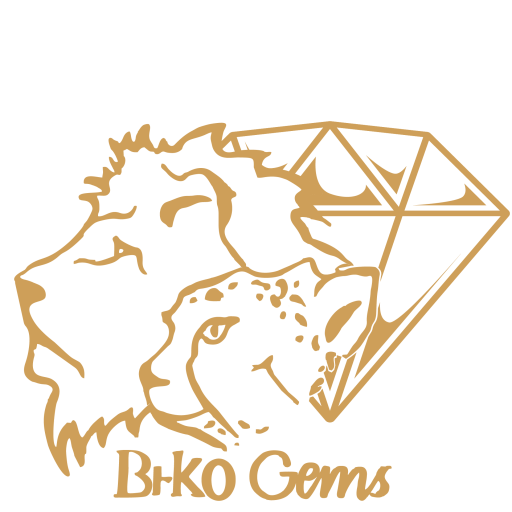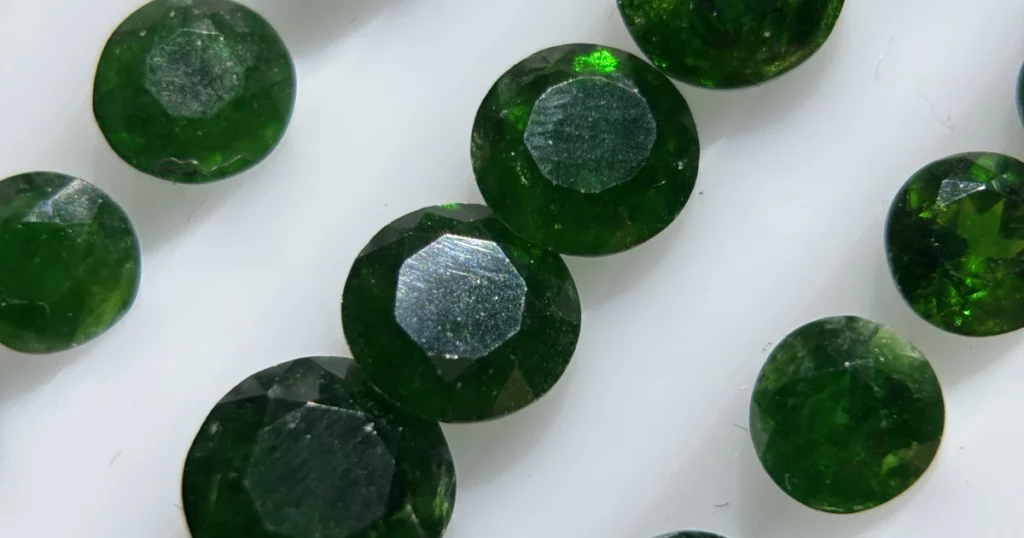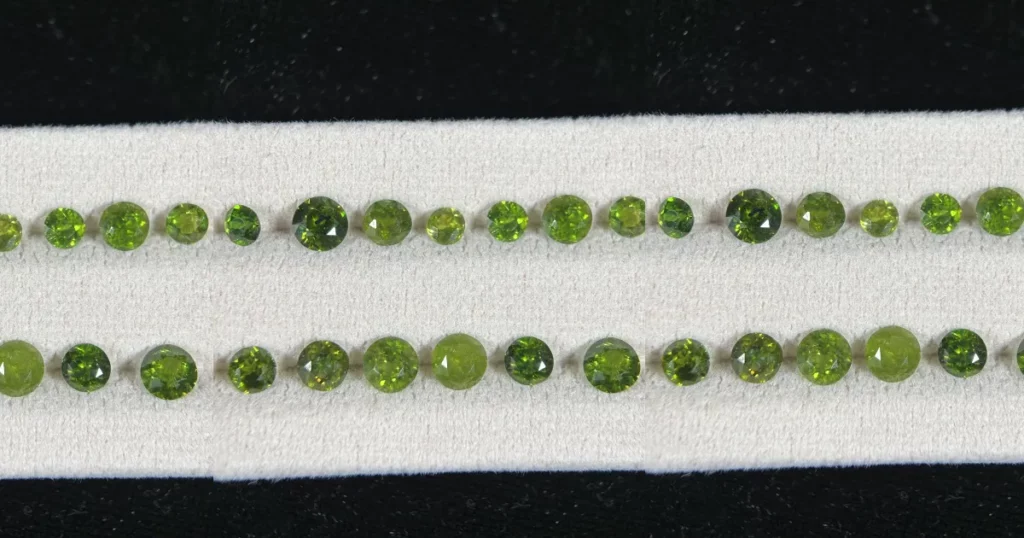Agate is a fascinating stone that has captivated people for centuries with its incredible variety and unique patterns. This blog post will delve into the world of agate, exploring the different types of agate stones and their distinctive features.
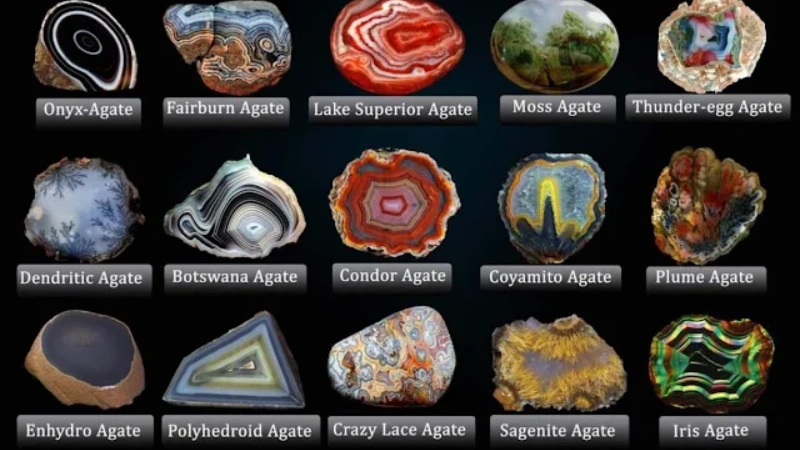
What is Agate?
Agate is a variety of chalcedony, a mineral within the quartz family. Known for its vibrant colors and intricate patterns, agate has been used in jewelry and decorative items since ancient times. The formation of agate occurs in volcanic rocks and ancient lava, where silica-rich water fills cavities, forming bands of color as the minerals settle over time.
Agate stones are revered not just for their beauty but also for their perceived metaphysical properties. Many believe agate stones provide emotional balance, enhance mental clarity, and offer protection from negative energies. These attributes make agate a popular choice for both collectors and those seeking healing stones.
Also read : Agate Uses: A Comprehensive Guide to the Versatile Stone
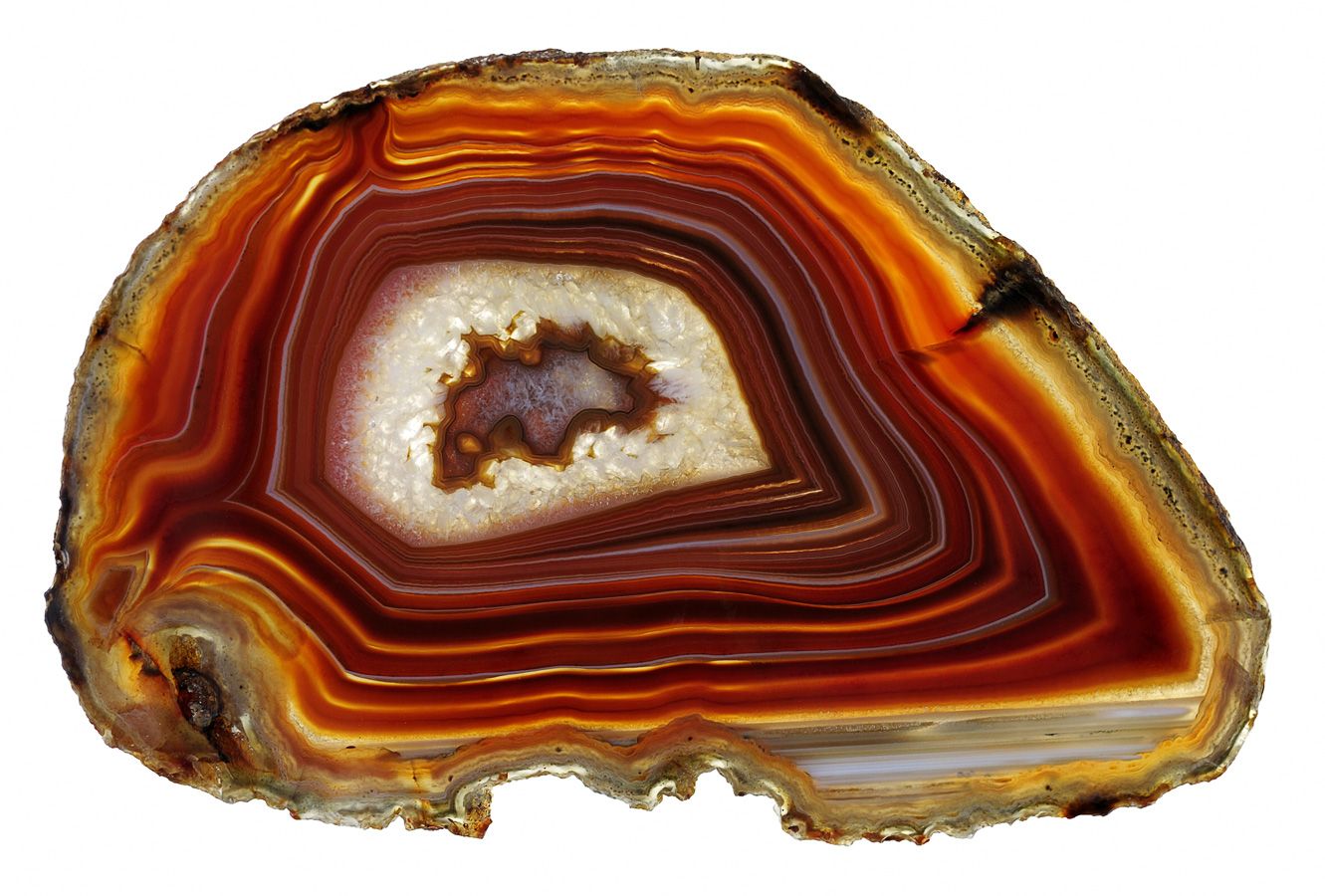
Different Types of Agate
Agate comes in a multitude of varieties, each with its own unique characteristics. Below, we explore some of the most popular types of agate stones, highlighting their distinct features and the symbolism often associated with them.
1. Blue Lace Agate
Blue Lace Agate is renowned for its soothing blue and white bands that resemble delicate lace. This variety of agate is often associated with tranquility and calm, making it a popular choice for those seeking to reduce stress and anxiety.
The soft hues of Blue Lace Agate are not only visually appealing but also believed to promote clear communication and self-expression. Many people use this stone during meditation or keep it close during stressful situations to harness its calming energies.
2. Fire Agate
Fire Agate is a mesmerizing stone that displays iridescent colors reminiscent of flickering flames. This type of agate is found primarily in North America, particularly in regions with volcanic activity.
The vibrant colors of Fire Agate are due to the presence of iron oxides within the stone. It is often associated with vitality and passion, believed to ignite the inner fire within its wearer, boosting confidence and drive.
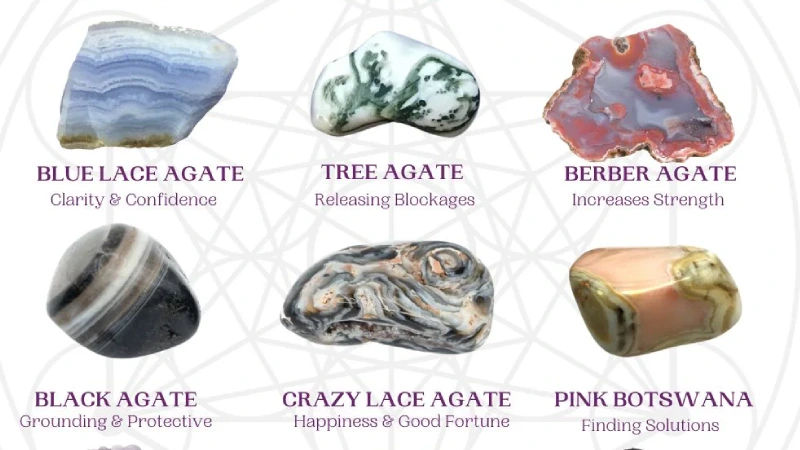
3. Moss Agate
Moss Agate is characterized by its green, moss-like inclusions that give it a lush, natural appearance. Unlike other agates, Moss Agate does not have the typical banding pattern but is still considered an agate due to its chalcedony base.
This stone is often linked to nature and growth, symbolizing new beginnings and abundance. Gardeners and those seeking a deeper connection with nature often favor Moss Agate for its earthy energy.
Also, if you are looking to buy Demantoid, you can visit the Demantoid page.
4. Dendritic Agate
Dendritic Agate is known for its tree or fern-like inclusions, which are actually manganese or iron formations within the stone. These intricate patterns give Dendritic Agate a distinctive, organic appearance that resembles a miniature landscape.
This type of agate is associated with growth and wisdom, believed to help its wearer gain insight and foster personal development. It is often used in meditation practices to enhance spiritual growth and inner peace.
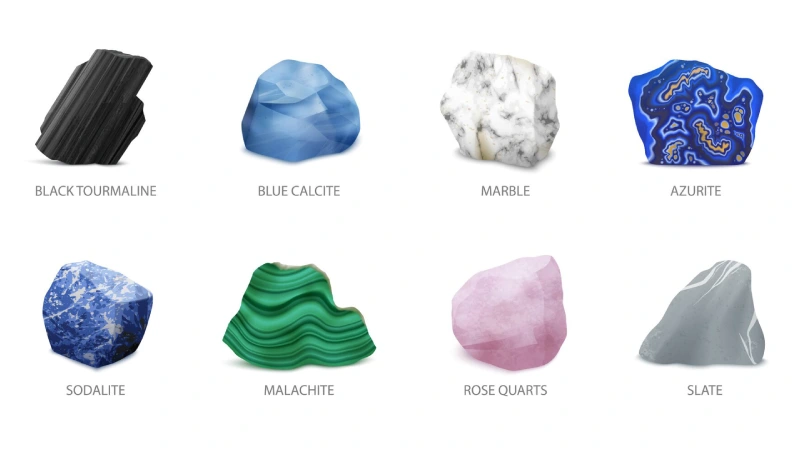
5. Crazy Lace Agate
Crazy Lace Agate, often referred to as the “Laughter Stone,” features swirling patterns of vibrant colors, including reds, yellows, and browns. This visually striking stone is found primarily in Mexico and is prized for its cheerful, uplifting energy.
Many believe Crazy Lace Agate can bring joy and laughter into one’s life, making it a popular choice for those seeking to lighten their mood and embrace a more positive outlook. Its dynamic patterns are said to help dispel negative energy and promote a sense of well-being.
6. Botswana Agate
Botswana Agate is named after the African country where it is primarily found. This type of agate is characterized by its beautiful banding patterns in shades of gray, brown, and pink.
Botswana Agate is often associated with protection and comfort, believed to provide emotional support during difficult times. It is also thought to enhance creativity and problem-solving skills, making it a favorite among artists and creative professionals.
7. Laguna Agate
Laguna Agate is one of the most sought-after types of agate due to its striking, vibrant colors and fine banding patterns. Found in Chihuahua, Mexico, this stone often features layers of reds, pinks, and whites.
Collectors prize Laguna Agate for its beauty and rarity. It is also associated with grounding and stability, believed to help its wearer stay centered and focused.
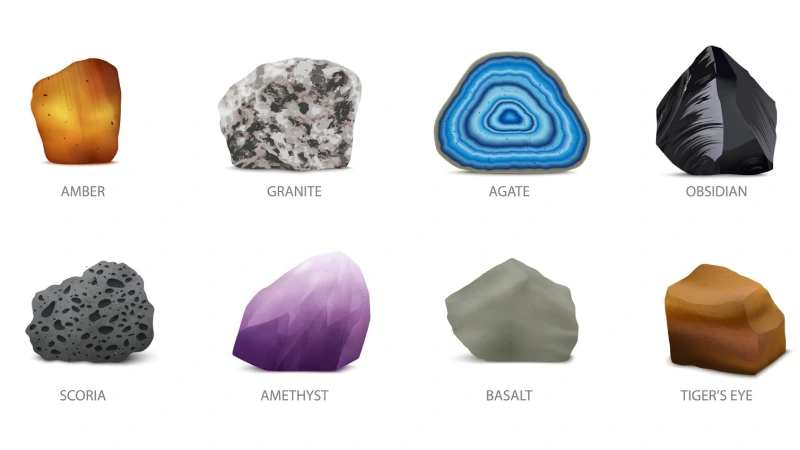
8. Turritella Agate
Turritella Agate is a unique type of agate that contains fossilized sea creatures, primarily snail shells, within its structure. This stone is primarily found in the Green River Formation in the western United States.
The presence of ancient fossils within Turritella Agate makes it a powerful stone for connecting with past lives and ancient wisdom. It is often used in meditation to tap into ancestral knowledge and gain insights from the past.
9. Tree Agate
Tree Agate, also known as Dendritic Tree Agate, features green dendritic inclusions that resemble trees or ferns. This stone is associated with nature and grounding, believed to bring stability and balance to its wearer.
Many people use Tree Agate to connect with the earth and promote a sense of inner peace. It is also thought to enhance personal growth and encourage a harmonious relationship with nature.
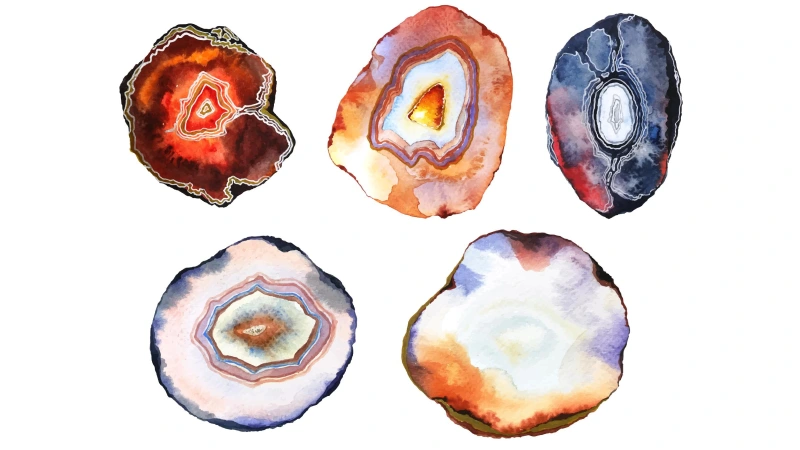
10. Mexican Lace Agate
Mexican Lace Agate, another popular variety from Mexico, is known for its intricate lace-like patterns and vibrant colors. This type of agate often features bands of reds, pinks, and whites, creating stunning visual displays.
Mexican Lace Agate is associated with joy and vitality, believed to energize its wearer and promote a positive outlook on life. Its intricate patterns are said to stimulate the mind and encourage creativity.
11. Banded Agate
Banded Agate, also known as Layered Agate, features distinct layers or bands of varying colors. These bands can range from subtle, muted tones to vibrant, contrasting hues, making each stone unique.
This type of agate is often associated with balance and harmony, believed to help its wearer achieve emotional stability and inner peace. Banded Agate is a popular choice for those seeking to bring order and calm into their lives.
Also read : Full description of Demantoid Garnet
12. Plume Agate
Plume Agate is characterized by its feather-like inclusions, which can appear in a variety of colors. These inclusions are formed by mineral impurities within the stone, creating beautiful, delicate patterns.
Plume Agate is often linked to creativity and inspiration, believed to enhance artistic abilities and spark new ideas. Many artists and writers keep Plume Agate close by to encourage their creative processes.
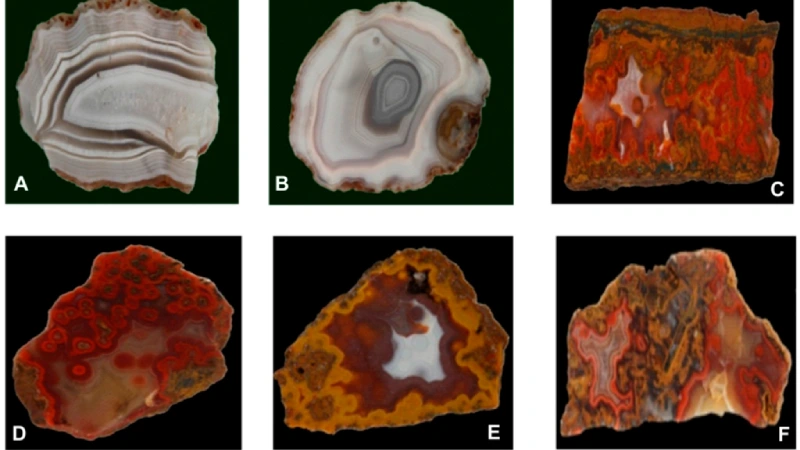
13. Fortification Agate
Fortification Agate is named for its distinctive banding patterns that resemble the walls of a fortress. These intricate patterns can appear in a wide range of colors, from earthy browns and greens to vibrant reds and blues.
This type of agate is associated with protection and strength, believed to create a protective barrier around its wearer. It is often used to ward off negative energies and provide a sense of security.
14. Enhydro Agate
Enhydro Agate is a fascinating type of agate that contains water trapped within its structure. This water, often millions of years old, adds a unique dimension to the stone.
Enhydro Agate is associated with purification and emotional healing, believed to cleanse the spirit and provide clarity. The presence of ancient water within the stone is thought to connect its wearer to the earth’s primal energies.
15. Eye Agate
Eye Agate features circular inclusions that resemble eyes, giving the stone a mystical appearance. These eye-like patterns are formed by mineral impurities within the agate.
This type of agate is often associated with protection and insight, believed to ward off the evil eye and enhance intuition. Many people use Eye Agate as a talisman to safeguard against negative influences and enhance their psychic abilities.
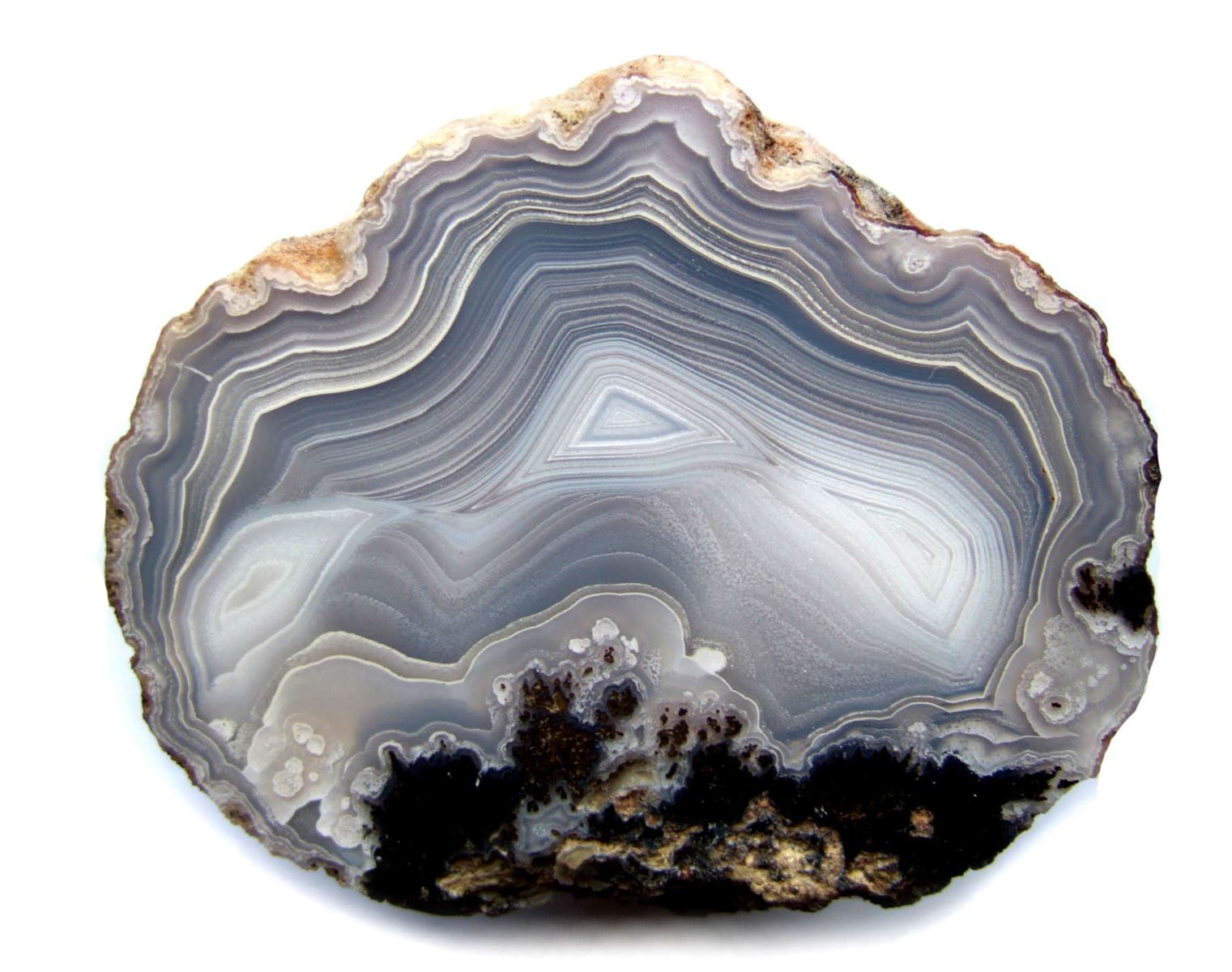
The Symbolism and Uses of Agate
Throughout history, have been valued for their agate stones meanings and benefits. From ancient civilizations to modern times, agate has played an important role in various cultures and traditions.
Symbolism
Each type of agate carries its own unique symbolism, often related to its physical appearance and color. For example, Blue Lace Agate is associated with calm and communication, while Fire Agate symbolizes passion and energy.
In general, agate is seen as a stone of balance and harmony, believed to bring stability to both emotional and physical states. Many people use agate stones in meditation practices to enhance their spiritual growth and achieve a sense of inner peace.
Practical Uses
Beyond their symbolic meanings, agate stones have practical uses in jewelry and decorative items. Their durability and vibrant colors make them a popular choice for rings, necklaces, and other accessories.
Agate is also used in various decorative items, such as bookends, coasters, and sculptures. Its unique patterns and colors make each piece a one-of-a-kind work of art, adding a touch of natural beauty to any space.
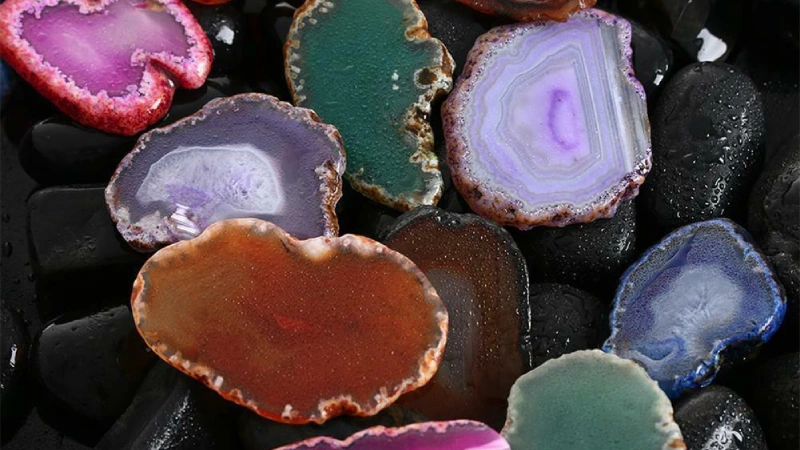
Caring for Your Agate Stones
Proper care and maintenance are essential to preserve the beauty and longevity of agate stones. Here are some tips for caring for your agate pieces:
Cleaning
To clean agate stones, use a soft cloth or brush with mild soap and water. Avoid harsh chemicals or abrasive materials, as these can damage the stone’s surface. After cleaning, rinse the stone thoroughly and pat it dry with a soft cloth.
Storage
Store agate stones in a cool, dry place, away from direct sunlight. Prolonged exposure to sunlight can cause the colors to fade over time. To prevent scratches, keep agate pieces separate from other jewelry or hard objects.
Handling
When handling agate stones, be gentle to avoid dropping or knocking them against hard surfaces. Although agate is relatively durable, it can still chip or crack if subjected to strong impacts.
Conclusion
Agate is a remarkable stone that comes in a dazzling array of types and patterns. From the soothing Blue Lace Agate to the fiery hues of Fire Agate, each variety offers its own unique beauty and symbolism. Whether you’re drawn to agate for its aesthetic appeal or its metaphysical properties, there’s no denying the allure of this captivating stone.
FAQs
How can I tell the different types of agate apart?
The different types of agate can be distinguished by their unique colors, patterns, and inclusions. For example, Blue Lace Agate has blue and white bands, while Moss Agate features green, moss-like inclusions.
What are the benefits of using agate stones?
Agate stones are believed to provide various benefits, including emotional balance, enhanced mental clarity, and protection from negative energies. Each type of agate has its own specific attributes and uses.
